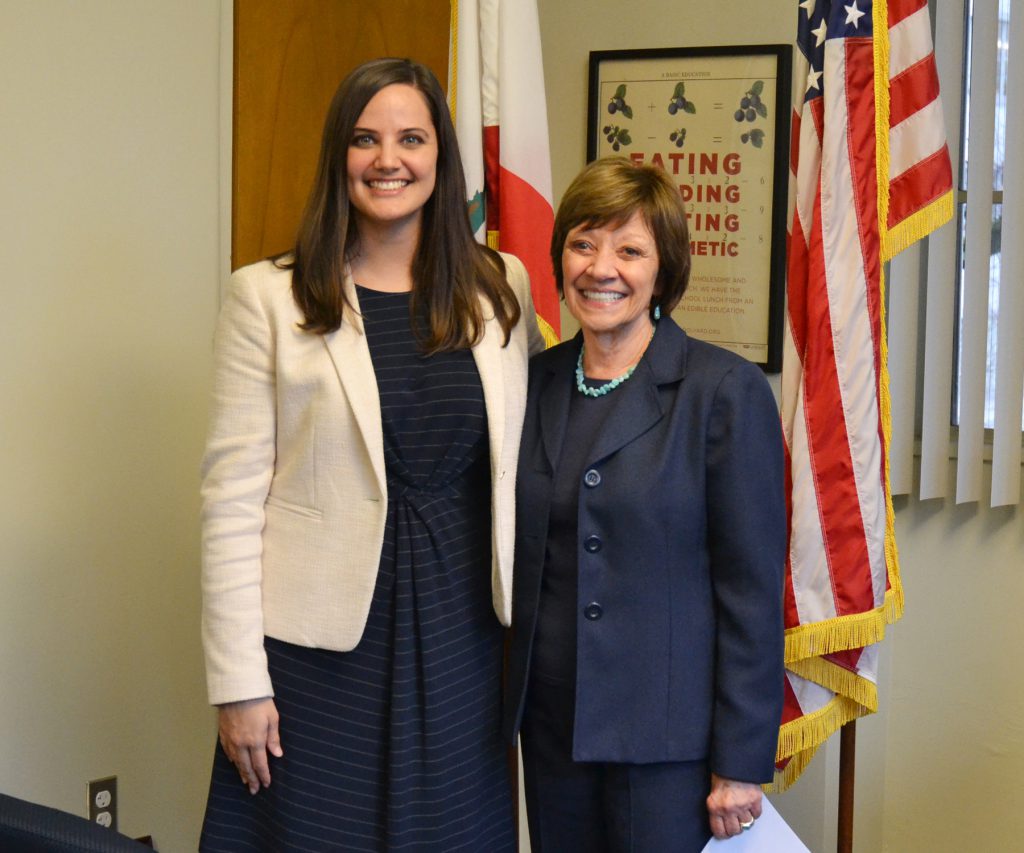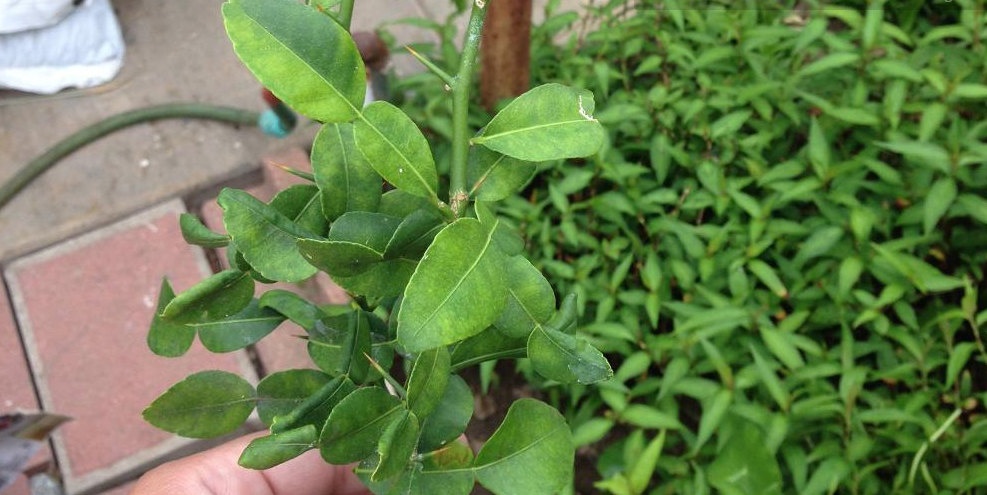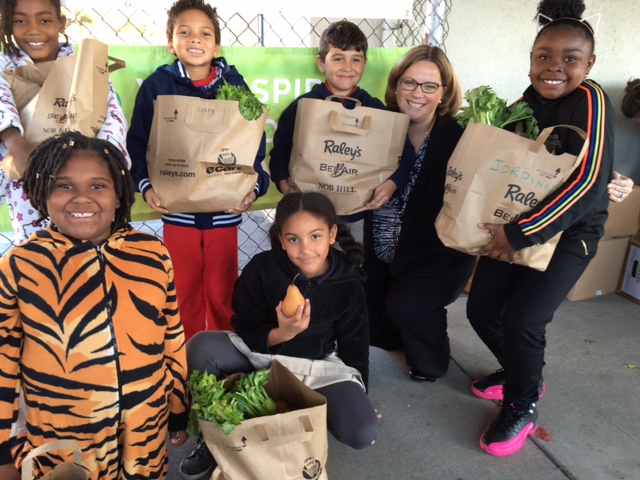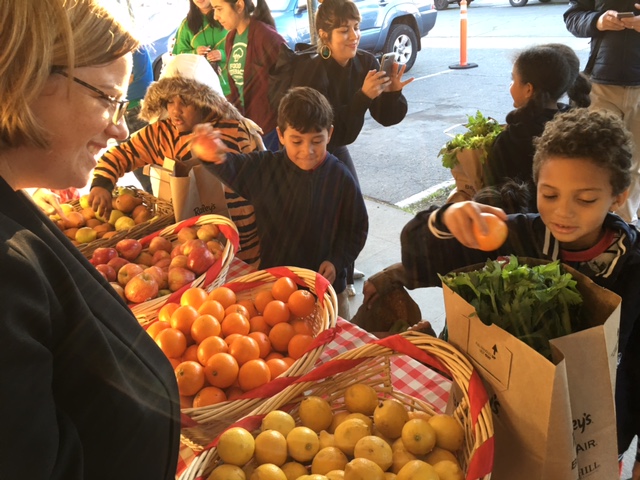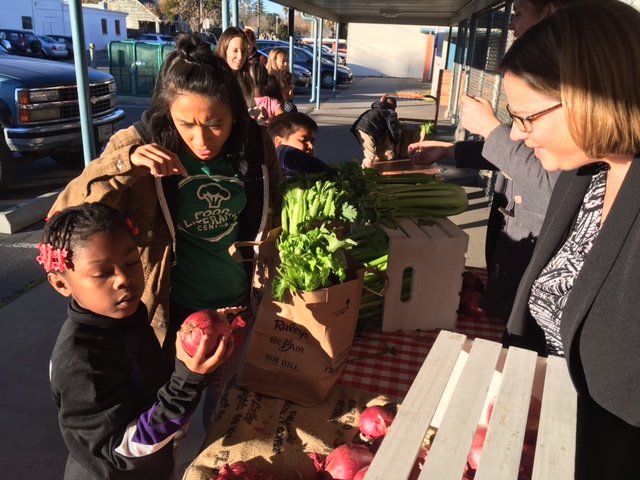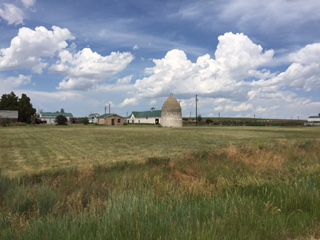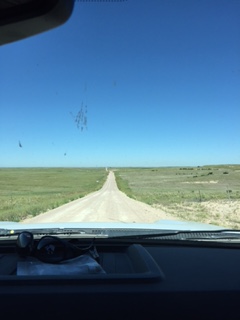By Ellie Krieger
Healthy isn’t what it used to be. I don’t mean that in the whiplash-inducing way all the clickbait headlines out there would have you think. Despite the seeming back and forth, there is remarkable consistency in core dietary advice. You could comfortably hang your resolution hat on two of the biggest: eat more vegetables and less added sugar.
But there have been exciting shifts in what it means to eat well, shaped both by modern culinary style and bona fide nutritional science. They’ve been building for years but now have a definite form. This is a change that is real, compelling and refreshing.
Healthy eating has emerged rebranded from a stodgy, finger-wagging “should” to a cool, on-trend “want to.” Harnessing the momentum of this fashionable, new healthy could re-energize your efforts to eat better in the new year and beyond, inspiring a way of eating that’s good for you with — yes, more vegetables and less sugar — but also a fresh, updated perspective, one that’s as hip and appealing as it is good for you. Here are 10 facets of what’s healthy now and how to make the most of them.
The new healthy is …
… a way of life
The notion of dieting, with its obsessive calorie counting, weighing and measuring is out, and “lifestyling,” with a focus on overall eating patterns and whole-life wellness, is in. Even longtime diet programs such as Weight Watchers have heeded the call with their new Freestyle program. Crash diets haven’t totally disappeared — they have just been renamed detoxes and cleanses, and I recommend avoiding them — but the overall shift to healthy as a way of life has arrived and is a welcome bandwagon worth jumping on.
… a vegetable celebration
In print, on Instagram feeds and in restaurants from fine to fast-casual, vegetables have graduated from a sidelined afterthought to center stage, and there are more compelling vegan and vegetarian options available than ever before. Vegetables are given luxe treatment with decadent-tasting but good-for-you sauces such as tahini or pesto and spun into comfort foods such as potato nachos, Buffalo cauliflower and zucchini noodles. There has never been a better time to be, or try to become, a vegetable lover.
… not afraid of fat
Counting fat grams has gone the way of the Walkman. There is just no need for it. There is now a body of evidence that fats — especially those from whole foods such as nuts, seeds, avocado and fish and healthy oils — are good for our nutritional well-being, benefiting our heart health, blood sugar and weight, to name a few. Just ignore the rampant butter-is-back headlines. Even if saturated fat is not the demon it was once thought to be, it is still healthier to replace animal fat with that from plants. Hello, avocado toast.
… protein powerful
Protein is practically synonymous with healthy today, a trend that’s inspiring a more balanced plate than that of the bagel-for-breakfast days of yore. Along with the movement toward plant-based foods, this new way of eating has led to a rediscovery of powerfully nutritious beans, lentils, peas, nuts and seeds, as chefs and home cooks interpret them with modern culinary prowess. Take advantage of all that but avoid getting ensnared in the more-is-better mentality and falling prey to marketing tactics that leverage grams of protein for health points. Include some protein at each meal or snack but remember: Protein-fortified cookies are still cookies.
… sweetened smartly
Refined sugar has never been billed as healthy per se, but there is a greater awareness and more scientific evidence than ever of its detrimental health effects. The food community and marketplace have stepped up with exciting savory options where there were once only sweet, such as with energy bars and yogurt flavors. There has also been a tasty, healthier shift to using fiber- and nutrient-rich whole foods such as dried and fresh fruit as sweeteners in baked goods, smoothies and bars. Still, it’s okay to have a little added sugar in your life, but the American Heart Association recommends keeping it to six teaspoons a day for women and nine for men.
… sustainable
The scientists on the 2015 Dietary Guidelines Advisory Committee included considerations of sustainability and environmental impact in their recommendations to the Department of Agriculture, but although that issue didn’t make the final guidelines, it has steadily gained traction with the public. More and more people understand that their individual health is integrally linked with the health of our planet, and they are taking steps to eat greener by eating more plant-based meals, choosing sustainable fish, poultry and meats, and reducing waste.
… ingredient focused
Healthy today means looking beyond the grams and percentages on the nutrition facts label to the ingredients in a product. People want to know what’s in the food they are buying and how it was produced. Demand for simpler ingredient lists have compelled many manufacturers to remove artificial colors and flavors and other additives that didn’t need to be there in the first place.
… good for your gut
The relatively recent discovery of the microbiome has transformed the way we look at health. We now know that the good bacteria in our guts are key not only to digestive health but to overall wellness, and the foods that support the microbiome are hotter than ever with ancient, probiotic-rich fermented foods such as sauerkraut, kimchi, yogurt and kefir making a modern comeback. There are more exciting varieties of these “living” foods available in the regular supermarket than ever before.
… rich in heritage
Beyond probiotics, looking back to move forward applies more broadly to today’s approach to healthy eating. Nutrition experts, chefs and the public alike are recognizing that there is more than one path to eating well, and there is wisdom in the global variety of traditional food ways. As we tap into that we are rediscovering heirloom and wild fruits and vegetables, heritage grains such as farro and sorghum, and patterns of eating that nourished our ancestors for generations.
… creatively plated
Healthy today breaks the old-fashioned mold of the divided plate and instead is built up in layers, arranged in bowls, piled into jars or whirred into a to-go cup. It’s packed with produce, compellingly colorful and has a freestyle sensibility. And, of course, to get traction in this Instagram-ready world, it’s ready for a close-up.
Link to story




